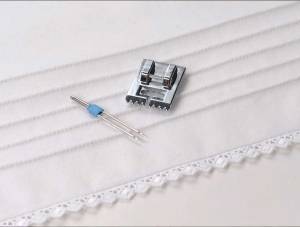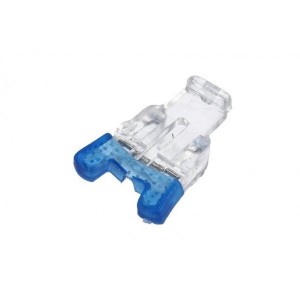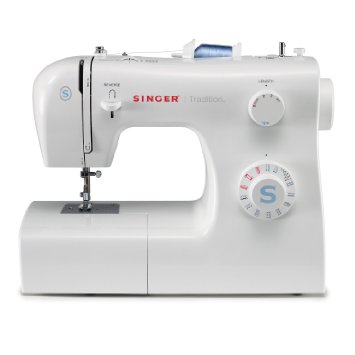Have you ever taken a look at your sewing machine and the stitches available to be used and wondered what on Earth all those stitches do?
If YES, then here are some infomation to help you understand your sewing machine stitches today.

Here’s the first batch, and really, the main stitches that you will use while sewing:
1-Straight Stitch: Just your basic straight sewing stitch that you will use the majority of the time while sewing.
2-Straight Stitch with Needle Far to the Left: This will allow you to sew far to the left if needed.
3-Lock-a-Matic Stitch: This stitch will automatically knot at the beginning and end of your sewing without you needing to backstitch
4-Locking Stitch: This stitch will do an invisible knotting stitch at the beginning and end of your sewing. For when you need the knotting to be invisible.
5-Triple Stretch Stitch: For use when you need something to have a lot of stretch but also sturdiness. For example, in an armpit of a shirt.
6-Zigzag Stitch: Your classic zigzag stitch.
7-Multiple Zigzag Stitch: Use this stitch to finish the edges on a stretchy fabric that is inclined to pucker if you use the regular stitch. This will help prevent that from happening.
8-Overcasting Stitch: This is used to finish an edge. Check your manual to see if you have this option.
9-Knit Stitch-This stitch if for sewing on knits and stretchy fabric. Sew along the edge of the fabric with a larger than normal seam allowance and then trim off the excess, unsewn fabric on the seam close to the stitches.
10- Stretch Stitch-Use for sewing on knits or other times when you need the stitching to be able to stretch.
11-Blind Hem Stretch: Use to sew a blind hem on stretch fabrics.
12-Blind Hem: Use to sew a blind hem.
BUTTONHOLE STITCHES

These are my buttonhole stitches-used for various types of buttonholes, eyelets and openings:
13-Sensor Buttonhole: This will create a buttonhole just the size needed for the button.
14-Automatic Buttonhole: This one will automatically create a buttonhole if you tell the machine what size the button is.
15-Round End Buttonhole: Used on medium weight fabrics typically.
16-Keyhole Buttonhole: This buttonhole is used on lightweight, delicate fabrics.
17-Rounded Keyhole Buttonhole: This one is good on medium and heavy weight fabrics and is great with bigger buttons.
18-Stretch Buttonhole: Use this on stretchy fabrics.
19- Knit Buttonhole: For use on knit fabrics.
20-Button Sewing: With this and a special foot, you can sew a button in place.
21-Darning Stitch: This will repair rips and holes.
22-Tracking: Reinforce place where extra strength is needed such as pockets and crotches.
23-Eyelet: Creates an eyelet hole.
24-Basting Stitch
SATIN STITCHES

These stitches are called satin stitches and are created in a tight zigzag. These stitches are decorative, for the edge of a blanket or things like that.
LS-Locking Stitch: Creates an invisible knot.
EDGE STITCHES

These decorative stitches finish off edges of fabric:
35-Saddle Stitch- It’s similar to a backstitch in strength. Used on leathers.
36-Saddle Stitch
37-Double Overedge Stitch: Use this stitch to finish the edges of fabric that tends to fray a lot.
38-Overlock Stitch: This stitch creates a finish along the edge similar to what a serger would create. Creates a more professional looking finish.
39-Shell Tuck Stitch: Decorative Stitch for edging
40-Applique Stitch: Use to applique things on and have an nice, finished applique edge.
FANCY STITCHES

Some machine also has a whole bunch of fancy and fun stitches that can be used to decorate as you sew. See some of them above.
Did this help? Did you discover any stitches on your machine that you didn’t know you had?
Source: Crazy little Project
#LIKE & #SHARE Our Page #TODAY! If you like this post #THANKYOU

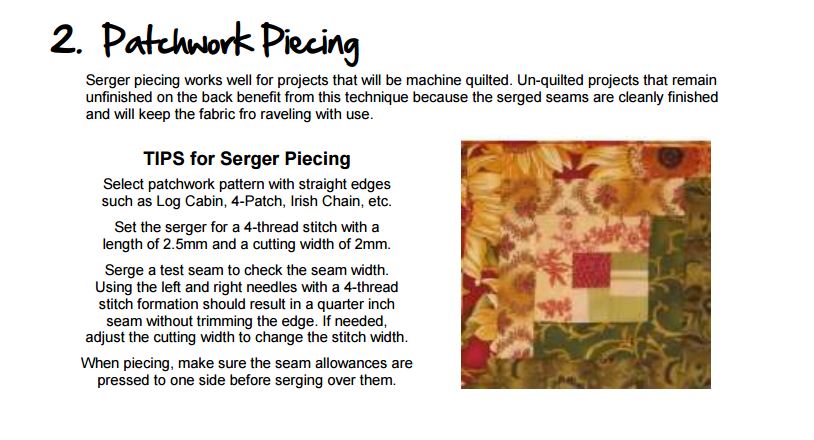
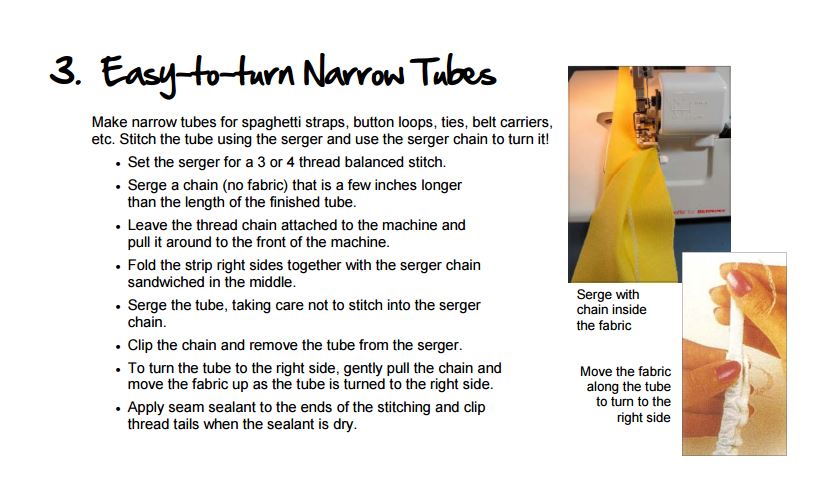

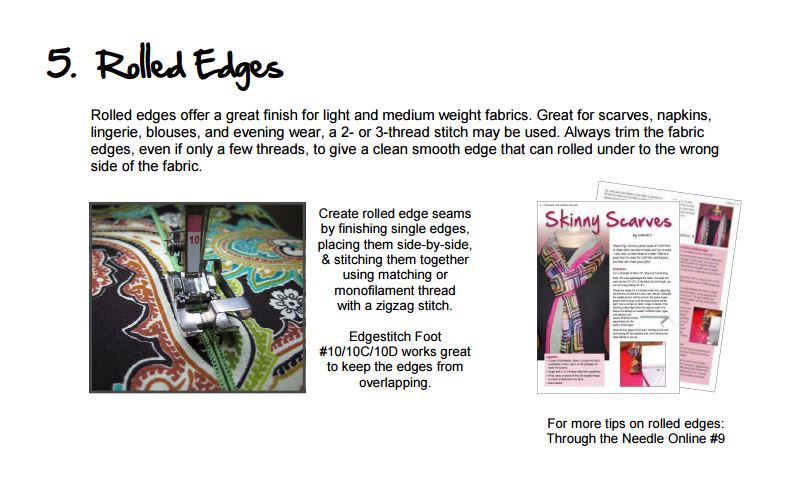









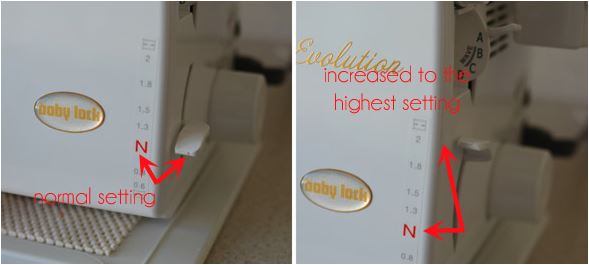

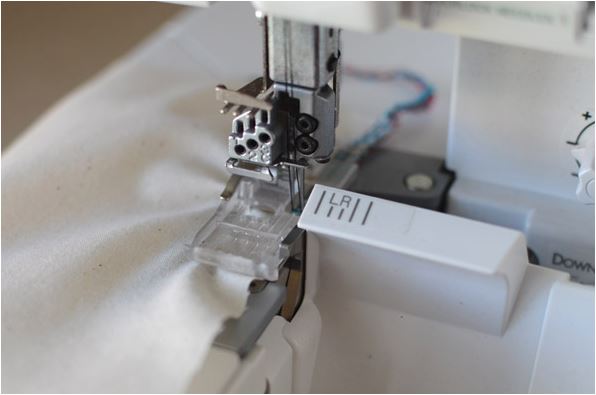





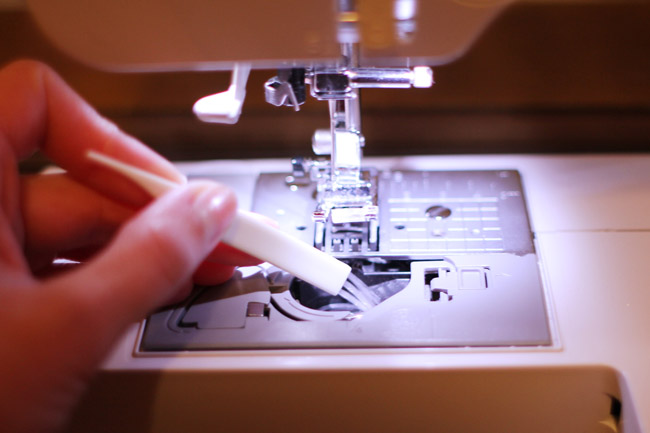















 Needle Type: Universal Needle
Needle Type: Universal Needle Needle Type: Microtex Sharps
Needle Type: Microtex Sharps Needle Type: Ballpoint
Needle Type: Ballpoint
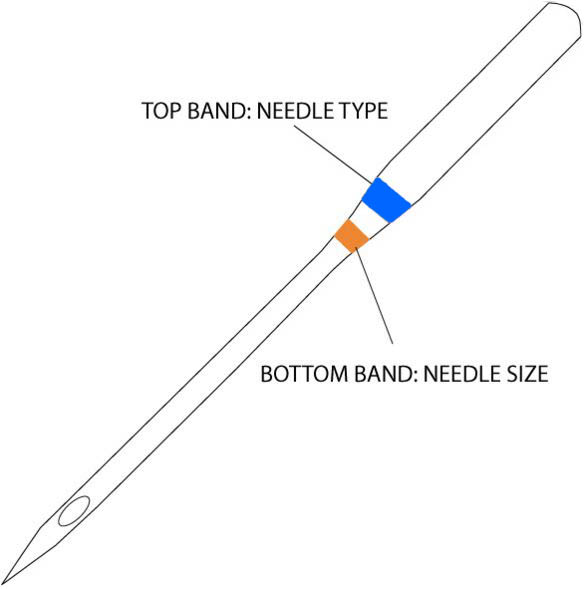
 Needle Type: Topstitching
Needle Type: Topstitching

 Needle Type: Metallic
Needle Type: Metallic



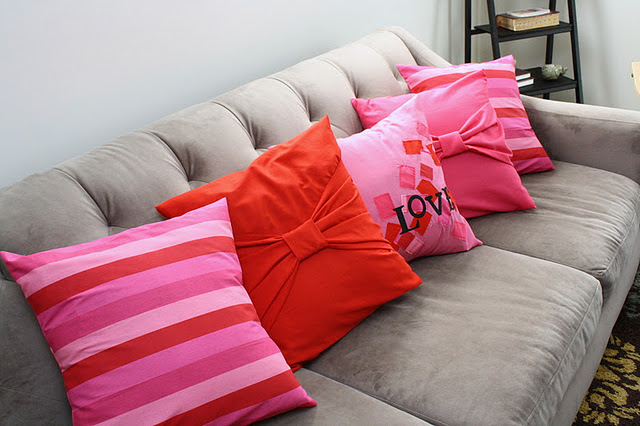








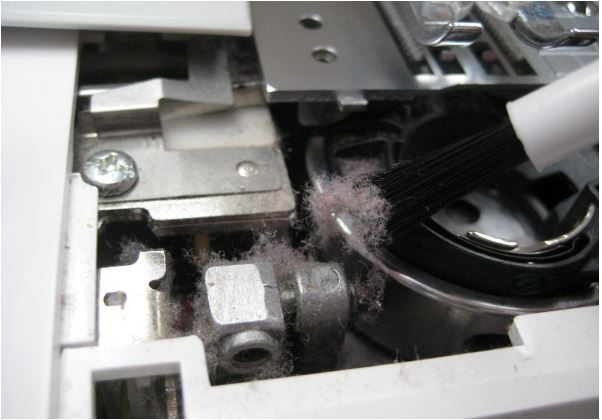

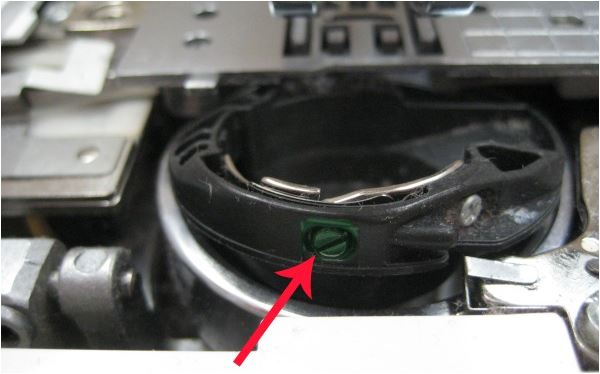







 This presser foot is used to maintain both layers of fabric matching, especially helpful when sewing thick, multiple layers or difficult materials that tend to stick or glide. Loved by quilters.
This presser foot is used to maintain both layers of fabric matching, especially helpful when sewing thick, multiple layers or difficult materials that tend to stick or glide. Loved by quilters.








